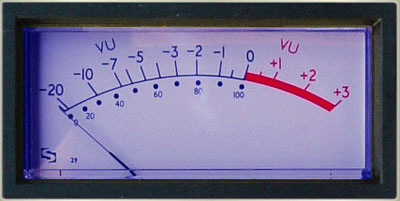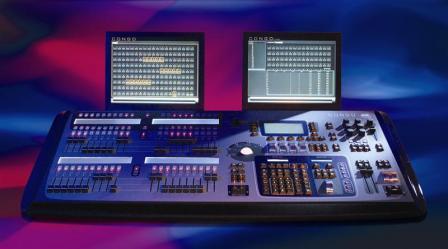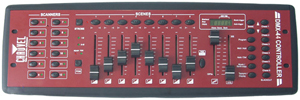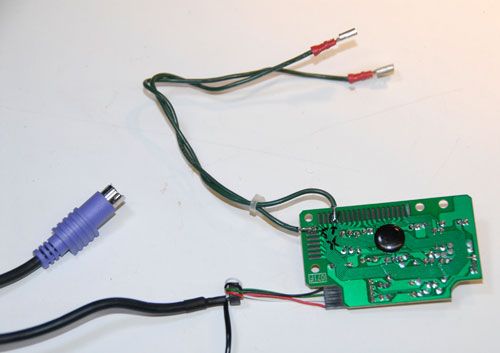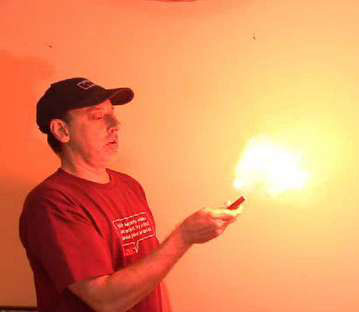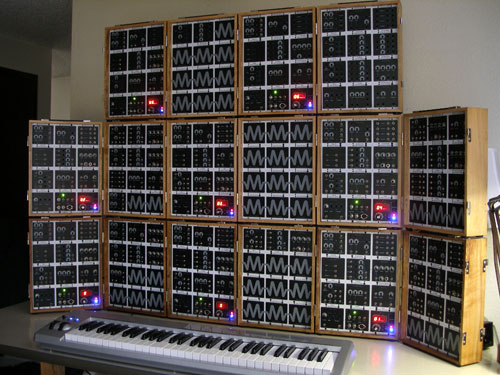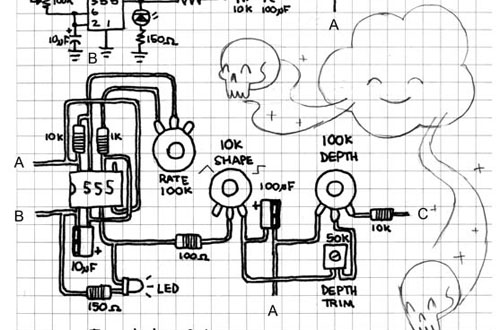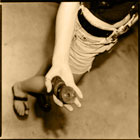Midify Prototype Demo Video
Game BoyMidify is a tiny little board I’ve been working on that lets you add a MIDI port to a Game Boy or just about anything.
I started designing it when I got my PixelH8 Music Tech cartridge. I loved the cartridge, but I found it really hard to play music on the buttons of my Game Boy SP (I can’t play very well anyway but that’s beside the point). I wanted to get authentic Nintendo sounds and be able to play them live, but using a real keyboard. Then I started thinking about all the people doing chiptune/8-bit type music with random pieces of electronic gear who might want to do the same thing and Midify was born.

